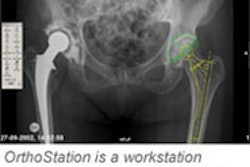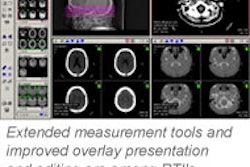This digitizer firm will announce its Advantage platform.
The Advantage platform, which will be applied to each Vidar digitizer, allows for increased uptime, speed, image quality, and consistency, according to the Herndon, VA-based vendor.
Designed for mammography CAD applications, CAD Pro Advantage includes SmartFeeder, a new film feeder that reduces the film loading process to one step. DiagnosticPro Advantage is targeted for PACS and general radiology applications, and offers a digitizing speed two times faster than previous models, Vidar said. It can also handle mixed-size films.
Another Advantage digitizer, DosimetryPro, yields the consistency and repeatability gains needed for radiation film dosimetry, quality assurance, and intensity-modulated radiation therapy (IMRT) procedures, Vidar said.




















